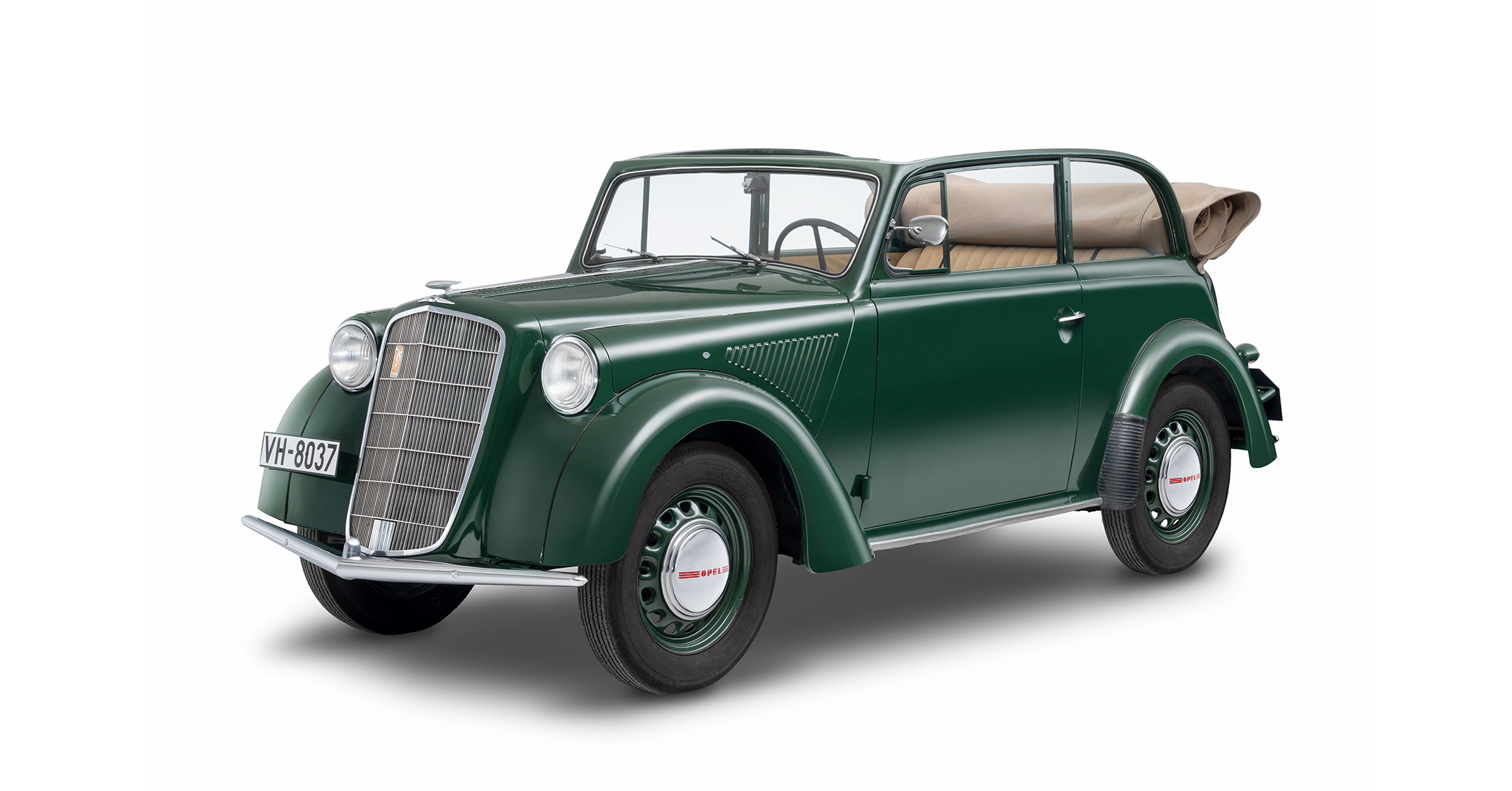The year 1935 begins with a superlative for the automotive world: Opel presents the 1.3-litre Olympia at the Berlin Motor Show. Series production starts in April – first as a convertible sedan, shortly afterwards with a closed tin roof. It was a revolution: the Olympia was the first German mass-produced car with a self-supporting all-steel body. The body and chassis merge into a self-supporting structure – inspired by aircraft construction. Opel is not only changing the design, but also the production.
The new body paves the way for modern vehicle production in large-scale production – a principle that is becoming the standard worldwide. For the first time, pre-assembled axles and engines are no longer screwed into the bodyless chassis. Instead, hydraulic lifting tables lift them into the bodies brought in from above – an innovation in vehicle production: the ‘marriage’ of body and engine.
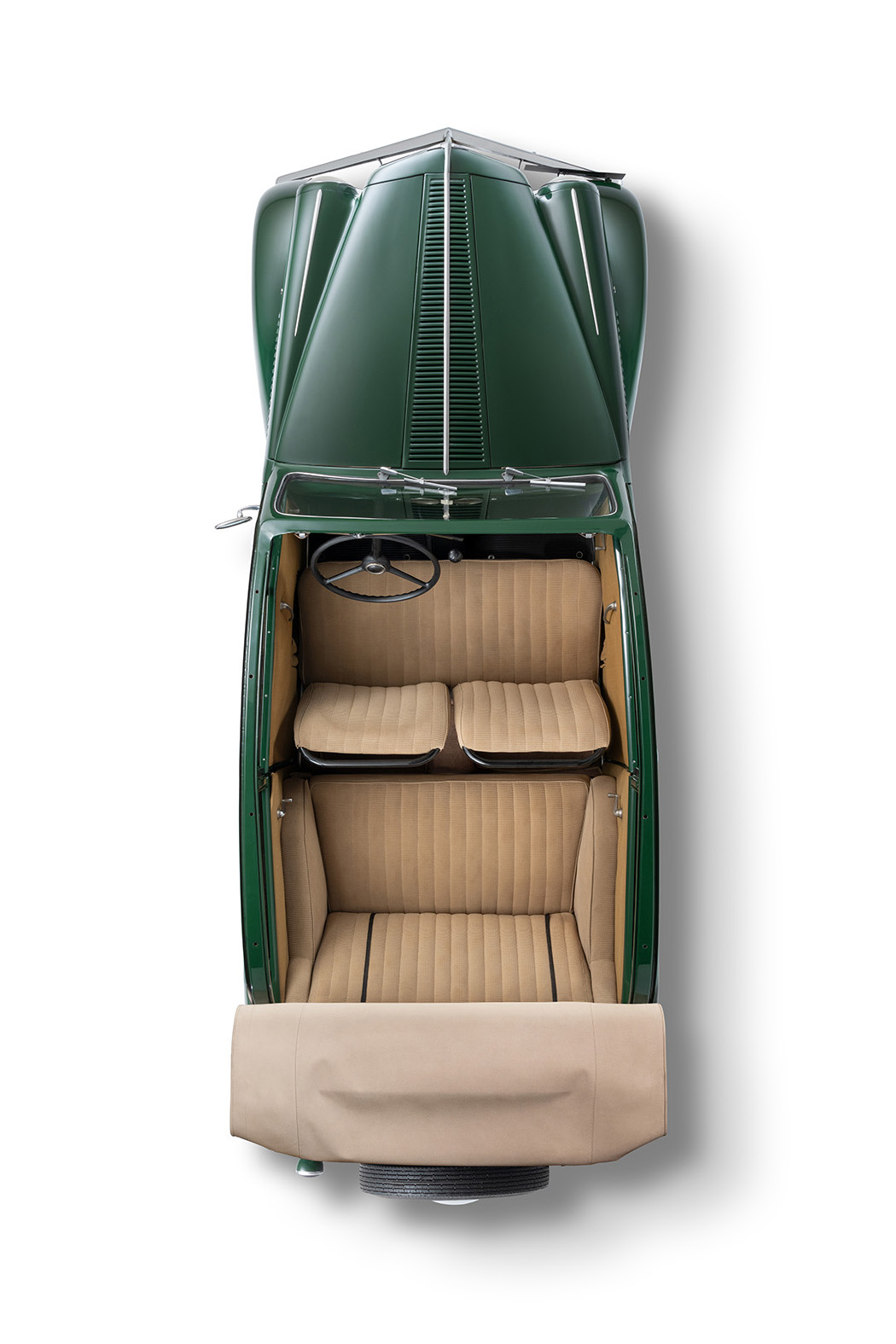
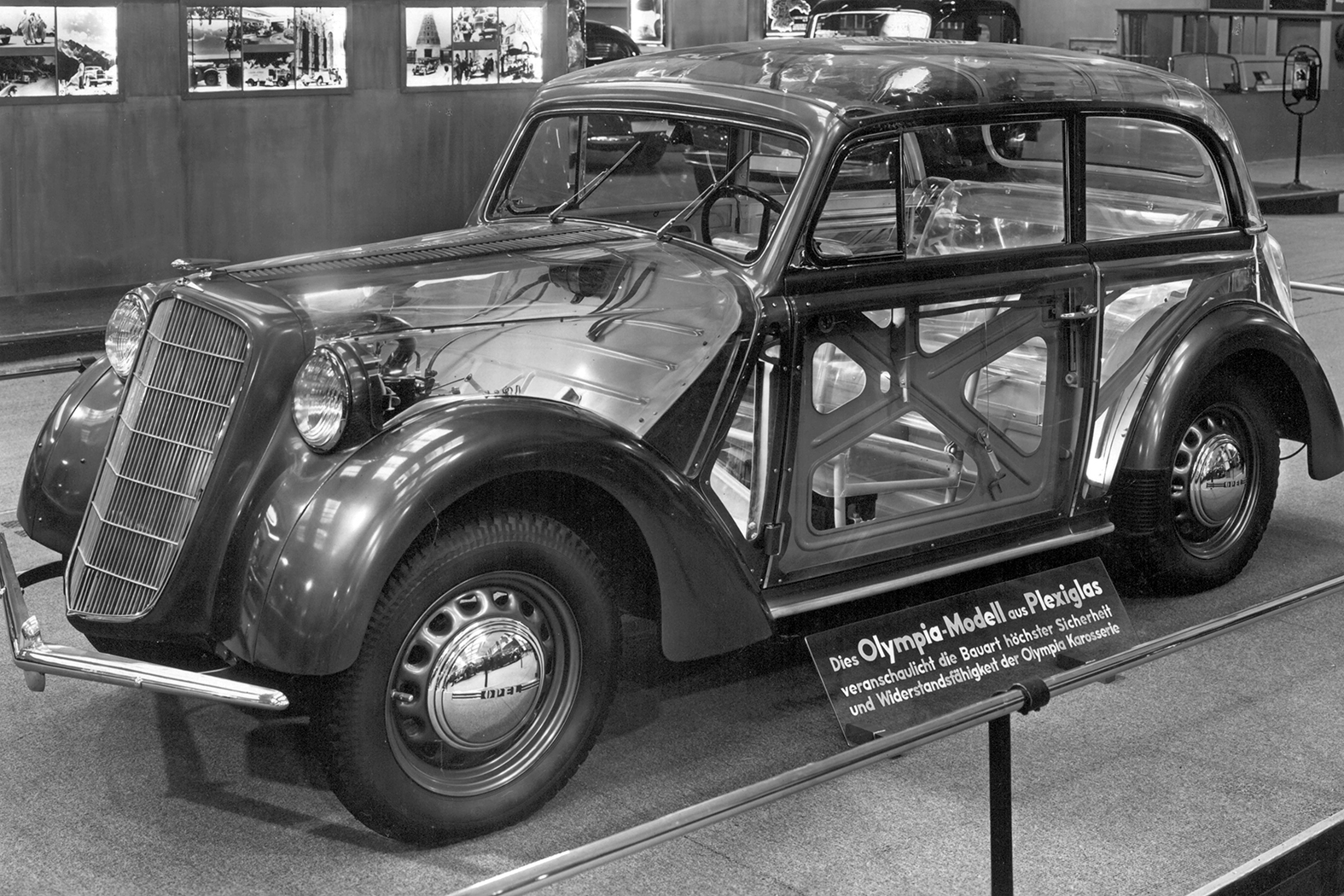
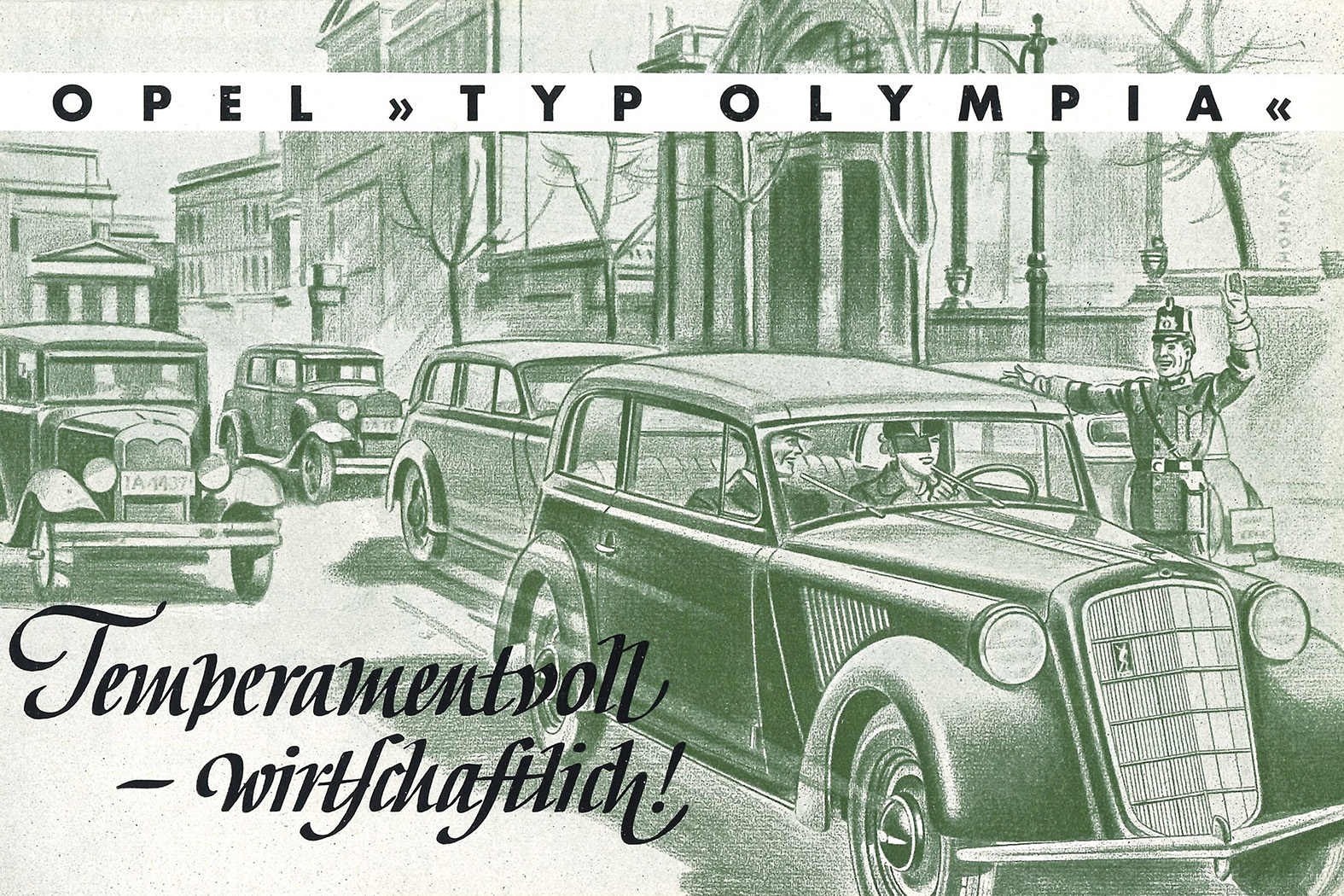

The patented production method accelerates production, reduces costs and makes the Olympia more affordable: it costs 2,500 marks – 350 marks less than its predecessor. The self-supporting all-steel body also saves weight: at only 835 kilograms, the Olympia is 135 kilogrammes lighter than its predecessor with the same engine. The result: better driving performance and lower fuel consumption – a technical masterpiece.
The Opel Olympia is the most economical production sedan at the time – and the fastest in its performance class. The 1.3-litre engine with 18 kW (24 hp) enables a top speed of 95 km/h with a consumption of 9.5 litres per 100 kilometres. The magazine „Motor und Sport“ reads: “The driving performance is remarkable for a 1.3-litre car and enables the driver of the car to achieve respectable travel averages.”
90 years ago, the Opel Olympia established modern, time- and cost-saving automobile production.
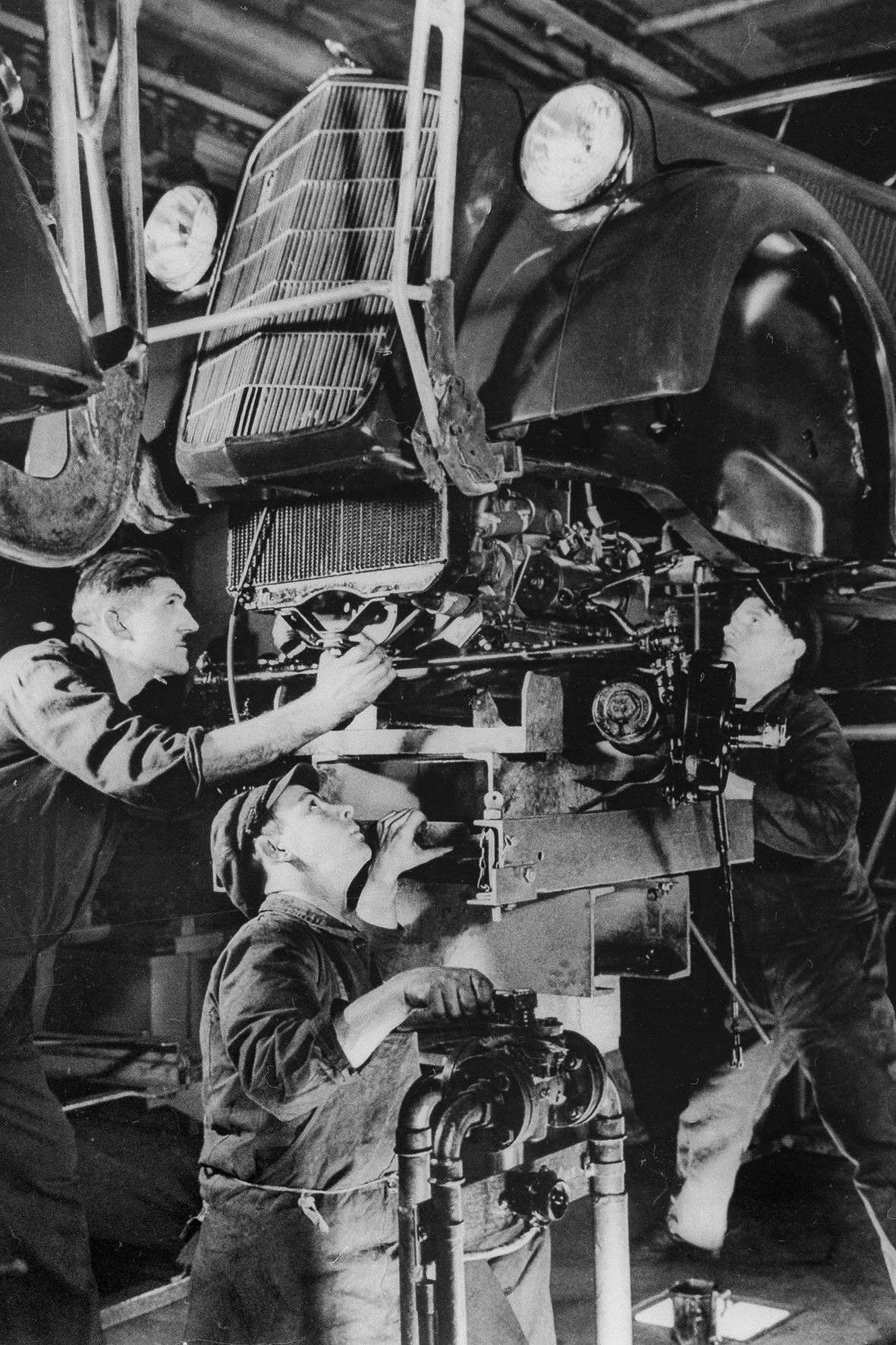

Opel knows how to stage the Olympia accordingly: In 1936, a vehicle crosses the Atlantic in the belly of the LZ 129 Hindenburg zeppelin. After three days of flight time and 10,000 kilometres covered, the Hindenburg lands in the South American metropolis of Rio with the Olympia on board. The enthusiastic Brazilians celebrate the arrival and accompany the tour of the Olympia through the streets with great cheers. The 1947 Olympia becomes an extraordinary protagonist in every respect: In the feature film „In Those Days“, the story of the past decade is symbolically told from the point of view of the Opel model.
The Legacy of Olympia
And the success story of the Olympia continued unabated in the decades that followed: subsequent Opel model generations continued to bear the name Olympia until the early 1970s. They are synonymous with innovative engineering, quality and reliability. Values that have been embodied to the same extent by Opel’s best-selling compact class for many decades – first as the Kadett and today as the state-of-the-art Astra.
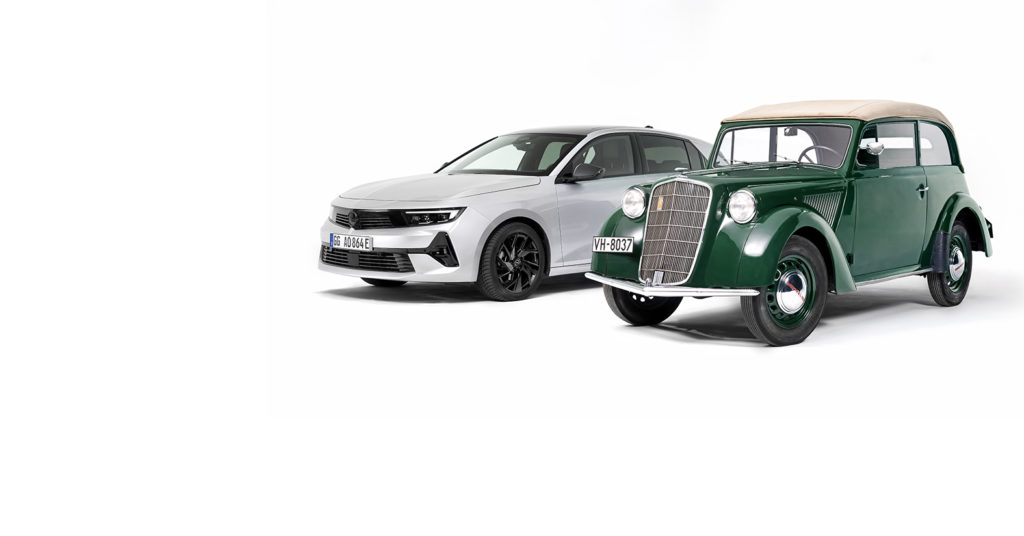
April 2025
